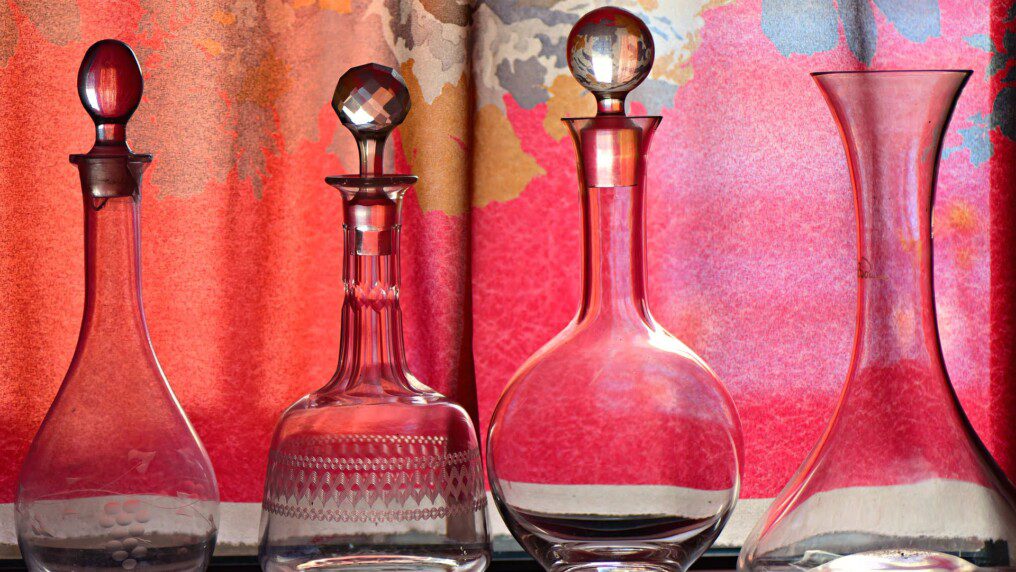
Glass has been used extensively since ancient times, and the popularity is evident even today. Glass used to manufacture glass containers is known as container glass and is used in producing items such as glass bottles, glass jars, drinkware, vases, laboratory glass and more. The popularity of glass has further increased as it is considered to be more environment-friendly as compared to using plastics. In addition, glass is non-porous and can be safely heated without risk of leeching materials into the inside contents, a risk posed by plastics. As glass is chemically unresponsive it is also a better option for use for medical containers.
The global container glass market is expected to reach a value of $71 billion by 2022, growing at a CAGR (Compound Annual Growth Rate) of 5-6 percent. In terms of volume, the global container glass market is expected to reach 65.4 MMT (Million Metric Tons) growing at a CAGR of 3-4 percent. The APAC market, which holds a 35 percent market share, is expected to reach 24.1 MMT by 2022, growing at a CAGR of 4-5 percent. The market at a global level is estimated to be operating at only 60-70 percent of the installed capacity, indicating feasibility in further growth of supply.
How To Grow A Business In The Container Glass Market:
There is plenty of opportunity in the container glass market to grow business, considering that there is sufficient demand, growth potential, and supplier capacity. However, to grow a business successfully, it’s important to keep in mind certain aspects, such as the application to focus on, market analysis, competitor analysis, and regional fragmentation.
Market Analysis:
In order to launch a successful business, it’s essential to conduct thorough market research on the competitors in the field, the demand of the industry, and potential gaps in the market which can be addressed by a new business. At a global level, the supply base for container glass is fragmented with the top 3 manufacturers holding a market share of approximately 35 percent, with Owens-Illinois having a 19 percent market share, Ardagh 7 percent and Verallia 6 percent. While Europe and North America markets are consolidated with the top suppliers holding more than 50-60 percent of the market, in developing nations the market is considerably more fragmented.
Business Plan:
A business plan is an essential part of launching a new business and should describe the product or service the company is selling, USP of the business, potential clients, budgeting plans, marketing strategies, etc.
To decide on the product or service to sell, consider the applications of container glass. Since glass has substantial flexibility and can be blown, molded, bent and cut into many different shapes and sizes, it supports a variety of applications.
Primarily, container glass is used in the food and beverage industry, pharmaceutical industry and cosmetics. Currently, the single largest end-user segment for container glass is alcoholic beverages which hold more than 70 percent of the market share, and the market is expected to grow further based on demand from developing markets in China, India, Vietnam, Mexico, and Thailand. Meanwhile, the pharmaceutical industry is expected to have the fastest growth in demand for container glass, driven by the global rise in consumption of OTC drugs.
Selecting an application of container glass is an important part of launching a business in the field as based on the application it will matter who would be the potential clients, the amount of investment required, equipment needed and the expertise required from employees.
Market Trends:
Another aspect to consider when launching a business is to analyze the prevalent market trends. In the field of container glass, the development of lightweight glass containers is a significant trend. One of the drawbacks of glass containers and the benefit of plastic containers was that plastic was lighter in weight than glass, as a result, manufacturers are actively investing in developing lightweight glass containers. The recyclability of the glass containers is being considered at the time of manufacturing itself, with suppliers seeking ways to produce the glass containers that will support future recycling. Sustainability in the overall manufacturing process is also becoming a concern for suppliers.
Led by Western markets, there is a growing trend for premium glass containers and beverage bottles that have an aesthetic appeal in addition to usefulness. Although the developing markets are yet to catch on to the premiumization trend, they are expected to do so in the coming years.
The container glass market offers plenty of potential for the growth of new businesses, considering the steady demand for container glass products and the available supply. However, to launch a successful business, it is essential to conduct thorough research on the existing market and competitors. The trends for container glass are prone to vary based on region, as developing and developed nations have slight differences in terms of demand. While developing nations have a greater demand for lightweight and basic container glass, developed nations have a higher demand for premium container glass.
Read Also:






























